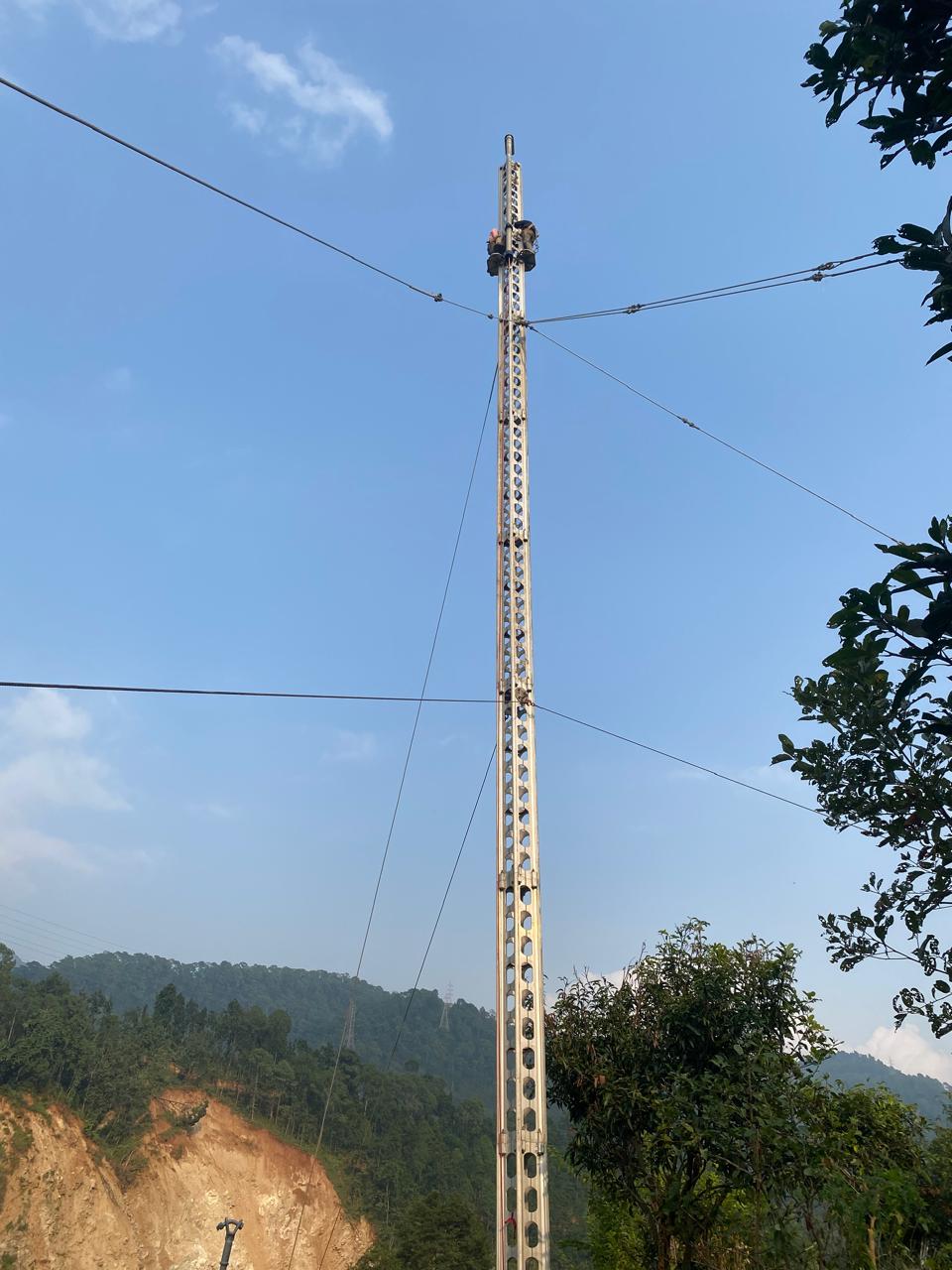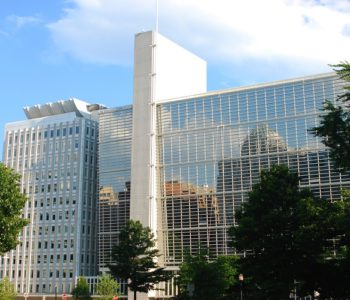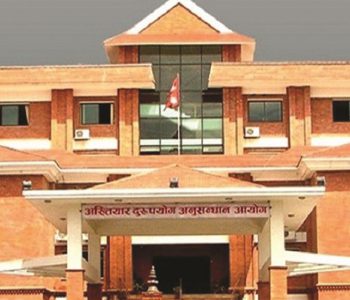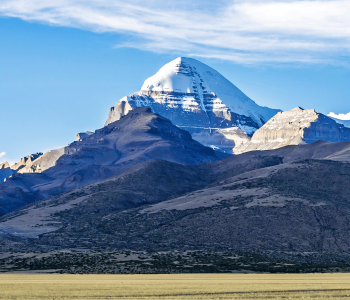Khimti-Lamosanghu transmission line to resume using ERS tower after flood damage

KATHMANDU: The Nepal Electricity Authority (NEA) is working to restore power transmission through the Khimti-Lamosanghu 132 kV transmission line, which was damaged by severe flooding caused by heavy rainfall on September 28-29. The flood in the Tamakoshi River swept away Tower No. 7 in Devitar, Manthali Municipality-13 of Ramechhap district, disrupting electricity supply to the Kathmandu Valley and affecting electricity exports to India.
The Khimti-Lamosanghu line is a vital power transmission route for the Kathmandu Valley, supplying up to 200 MW of electricity. The damaged section of the transmission line resulted in a complete shutdown of power transmission from Khimti since September 29, cutting off a crucial link to the Lamosanghu-Bhaktapur transmission line, which supplies electricity to the valley.
Additionally, the line supports the export of electricity to India from several hydropower projects located in the Bhote Koshi River catchment area in Sindhupalchok via the Lamosanghu-Khimti-Dhalkebar transmission route.
In response to the damage, NEA is utilizing an Emergency Restoration System (ERS) to temporarily resume power transmission. The ERS tower will replace the destroyed Tower No. 7, and work has already begun to install the structure. NEA’s Executive Director, Kulman Ghising, highlighted the importance of restoring the transmission line swiftly to maintain the reliability of Nepal’s electricity system and to resume exports to India. He stated, “The closure of the Khimti-Lamosanghu transmission line has affected the reliability of the power system, and India-bound electricity exports have been disrupted. Therefore, we are utilizing the ERS tower to resume the line as quickly as possible.”
While the ERS system is a temporary solution, NEA has also announced plans to construct a permanent replacement for the damaged tower in the coming months. Local communities initially opposed the installation of the ERS tower, demanding compensation for the land and damage caused by the flooding.
However, after discussions involving State Minister for Energy, Water Resources, and Irrigation, Purna Bahadur Tamang, and Ramechhap’s Chief District Officer, a resolution was reached, allowing the installation work to proceed on October 18.
Despite the agreement in Ramechhap, further delays occurred when local residents of Dolakha obstructed the wiring process necessary to complete the restoration. After further negotiations with local representatives, NEA reached a final agreement with the Dolakha community, and the wire-pulling process is now set to begin. According to Manoj Sah, head of the Khimti Grid Branch, the wiring process is expected to take approximately four days to complete.
The restoration of the Khimti-Lamosanghu transmission line is critical for ensuring reliable power supply to the Kathmandu Valley and resuming power exports to India. NEA is confident that the temporary ERS solution will allow electricity to flow once again, while plans for a permanent reconstruction of the damaged section are underway.
This effort highlights the importance of Nepal’s power infrastructure, particularly in the context of increasing electricity exports to India and maintaining a stable supply to key regions such as the Kathmandu Valley.













Facebook Comment